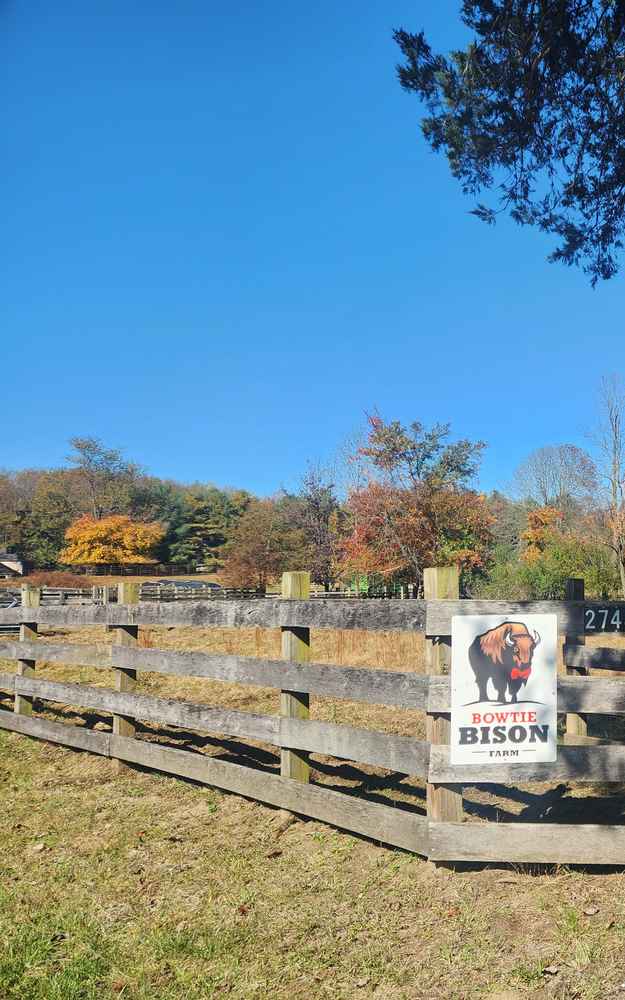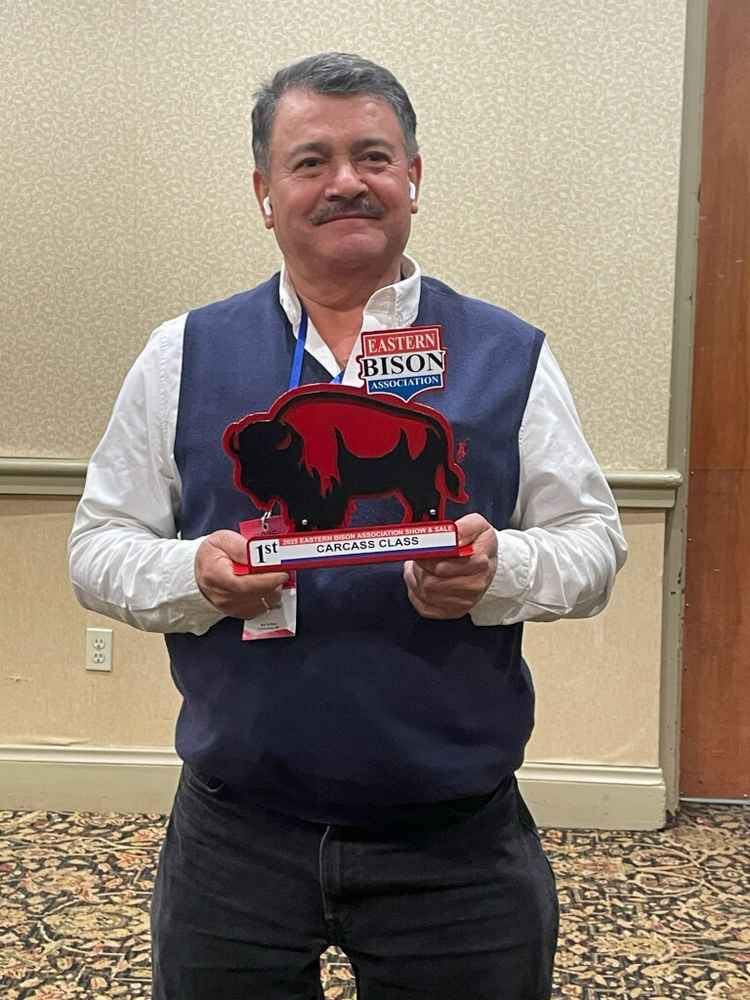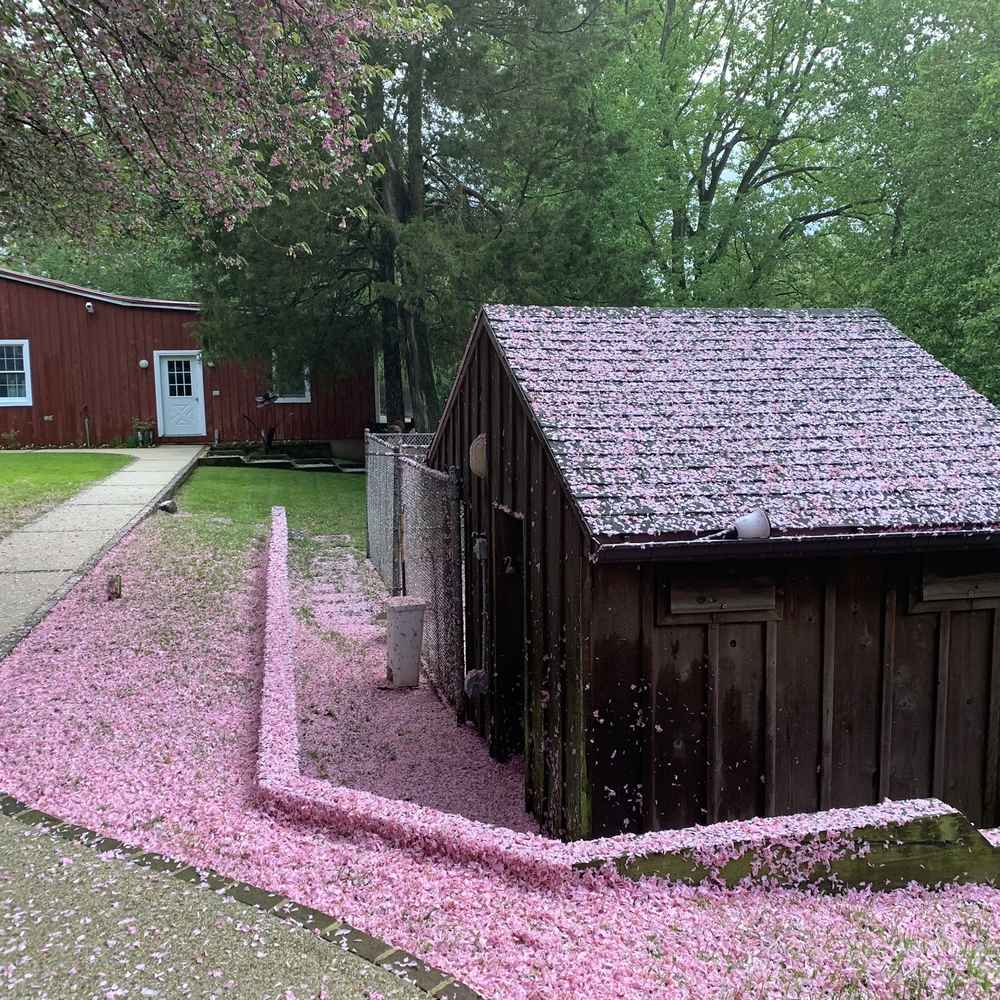Bowtie Bison Farm
Our family is dedicated to optomizing the health and wellness of our Bison. We focused on breeding and raising healthy Bison on an all natural diet sourced from our hometown of Davidsonville Maryland.

Our family is dedicated to optomizing the health and wellness of our Bison. Our focus is on breeding healthy Bison calves and raise them on an all natural diet sourced in our hometown of Davidsonville, Maryland.

Factors that affect bison grading
How is bison inspected?
According to USDA, Bison may be inspected under voluntary federal inspection or U.S. Food and Drug Administration (FDA) equivalent inspection. FDA equivalent inspection includes state inspection. Under voluntary federal inspection by USDA's Food Safety and Inspection Service (FSIS), businesses pay an hourly rate for inspection services. Voluntary inspection is handled under the Agriculture Marketing Act, which gives the Secretary of Agriculture the authority to take whatever steps are necessary to make the product marketable.
Federal inspection is done on a carcass-by-carcass basis by FSIS inspectors. Each bison and its internal organs are inspected for signs of disease. The FSIS inspector also verifies the establishment’s sanitation, food safety procedures and labeling for the bison products.
What is the difference between a Bison vs Buffalo?
Bison and Buffalo are two different animals. The American Bison arrived in North America almost 200,000 years ago. Today, Bison is the National mammal of the United States. Buffalo, on the other hand, is native to other continents such as Asia and Africa.
How can you tell the difference between Bison and Buffalo?
Bison have beards, big humps on their shoulders, and much larger heads, with smaller horns. Buffalo, on the other hand, look like large cows with long mustache-shaped horns.
